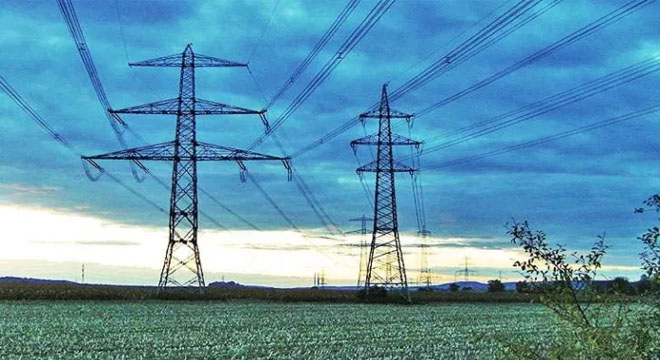BEIJING, : Recently, one of the key projects of China Pakistan Economic Corridor (CPEC), Matiari to Lahore ±660 kV High Voltage Direct Current (HVDC) Transmission Line Project, has almost been completed as its Lahore converter station DC bipolar finished open line test.
The 886 kilometers of transmission line runs from the southwest to the northeast of Pakistan, passing through the provinces of Sindh and Punjab.
It is the first ±660 kV DC project overseas of the State Grid Company of China (SGCC) with completely independent intellectual property rights and all its economic and technical indicators are at the international leading level, according to China Economic Net (CEN) on Wednesday.
Due to the old circuits and inadequate power transmission channels, it is difficult to transport the abundant power resources in southern Pakistan to the north, where people suffer from a severe shortage of electricity.
During the epidemic, equipment manufacturers faced delayed work, insufficient staff, and reduced production capacity. Major shipping companies around the world also suspended multiple routes.
To this end, the developer of Matiari-Lahore project actively coordinated with manufacturers, carried out manufacturing supervision and acceptance through remote video, kept an eye on all routes and port information, and adjusted the transportation plan in real time, so as to ensure the timely delivery of project materials.
“There are no regular holidays for overseas projects. We have long been used to it.
Since the beginning of this year, we have overcome severe conditions such as epidemic, high temperature and rainy season and have been intensively promoting on-site construction.
Some 834 Chinese constructors stationed at the project site, and many of them have been abroad for more than 12 months. Now we have completed all major works of the 886km transmission line,” Wang Bo, Deputy CEO of Pak Matiari-Lahore Transmission Company said.
Former Special Envoy of CPEC Zafar Uddin Mahmood once stated that Pakistan’s power supply gap in summer can reach 6 million kW, with 12 hours of power outages in cities and 16 hours in rural areas.
“Even in big cities like Islamabad and Karachi, blackouts are normal. Shopping malls, hospitals, government agencies and even family houses are equipped with various types of generators, but the cost of diesel and gasoline needed to generate electricity is high.”
The change came in 2015.
In the summer of 2015, a severe heat wave struck southern Pakistan and caused the deaths of about 2,000 people from dehydration and heat stroke.
The power outage was one of the main reasons for this tragedy.
The same year, China and Pakistan agreed to form a ‘1+4’ cooperation structure with the CPEC at the center and Gwadar Port, energy, transport infrastructure and industrial cooperation being the four key areas to achieve common development.
Accordingly, HVDC Transmission Line was planned under CPEC for which the Cooperation Agreement was signed in 2015 between SGCC and National Transmission & Despatch Company in Pakistan.
At the most severe stage of the epidemic in Pakistan, SGCC guided the Matiari-Lahore project department to establish a leading group on epidemic prevention.
“In view of a large number of workers from both China and Pakistan, we have printed the prevention and control manuals in Chinese, English, and Urdu to facilitate local employees.
We have also set up multilingual signboards at the site, and organized Pakistani construction and security personnel to jointly carry out emergency drills to improve their protection awareness,” said Xu Baowei, manager of the comprehensive management department of the project.
During the construction of the project, nearly 8,000 builders constantly kept optimizing the construction methodology and adjusting the construction plan, fully utilizing local resources, actively adopting innovative construction methods such as using drones, stringing cross live line with isolation nets etc, Wang added.
Engineers finished the entire line stringing work besides energizing the converter station near Lahore last month.
The highest voltage level of Pakistan’s National Grid has reached 660 kV, which is a new milestone in Pakistan’s power history.
Follow the PNI Facebook page for the latest news and updates.








